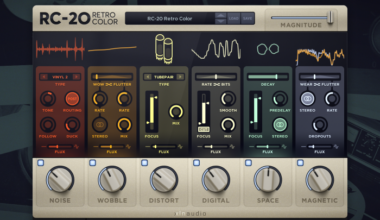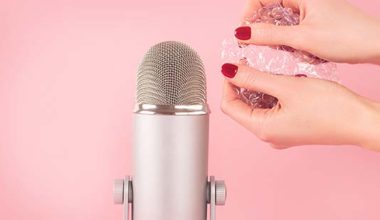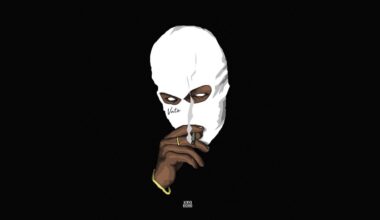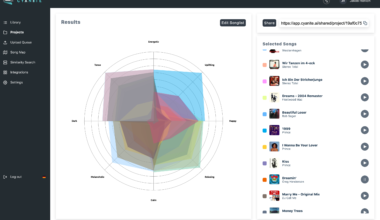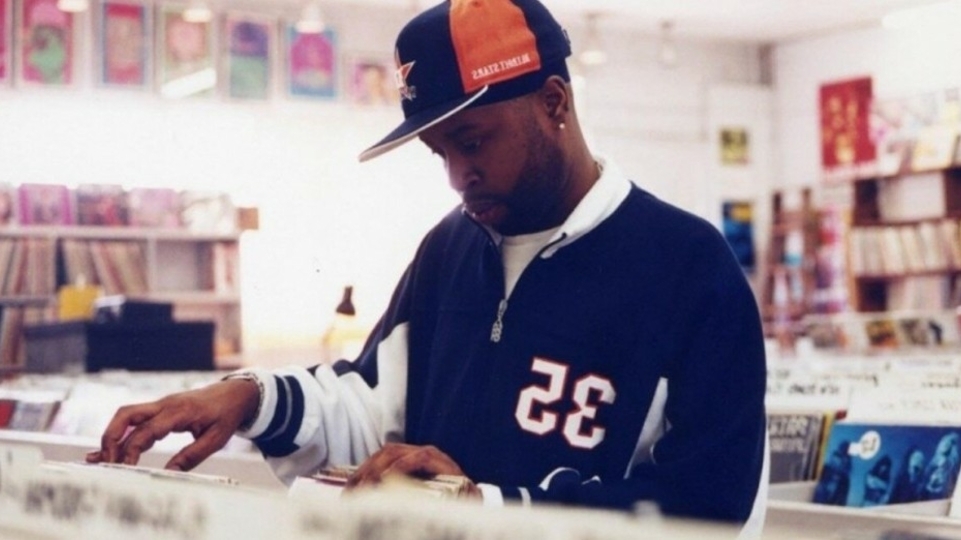
In the realm of hip hop production, few names shine as brightly as the late, legendary J Dilla. His innovative approach to sampling and unique rhythmic sensibilities have left an indelible mark on the music industry, inspiring countless producers to push the boundaries of their craft. This blog post is a deep dive into the world of “Sampling Like J Dilla”. But don’t be mistaken – this isn’t about mere imitation. It’s about understanding the principles that guided Dilla’s creative process and learning how to apply these techniques to your own work. It’s about taking inspiration from a master and using it to find your own unique voice in the world of music production.
We’ll explore how to break free from repetitive sample-flipping habits that can stifle creativity. You’ll learn how to create a new narrative within your compositions, turning a simple beat into a story told through sound. And most importantly, you’ll discover how to make your beats truly unique, standing out in a sea of similarity.
Whether you’re a seasoned producer looking to expand your toolkit, or a beginner beatmaker searching for a solid foundation, this guide is for you. It’s packed with valuable insights and practical techniques that will enhance your sampling game and elevate your music production skills.
So, are you ready to embark on this journey? Are you ready to challenge your preconceptions, push your boundaries, and start “Sampling Like J Dilla”? Let’s dive in.
Breaking the Factory Line: Embracing Innovation in Your Sampling Process
In the world of music production, it’s easy to fall into a comfortable routine. You find a sample that resonates with you, drop it onto a new MIDI track, pitch it down a couple of semitones, and perform it out on the pads or the QWERTY keyboard. This process, while familiar and often effective, can become a creative rut if repeated unvaryingly. It’s like working on a factory line, producing the same product over and over again.
But music production is not a factory line. It’s a creative process, a form of self-expression, and an opportunity to innovate. So, how do we break free from this pattern? The answer lies in being intentional with the sample material and the way we’re playing it.
Instead of simply repeating the same techniques, challenge yourself to approach each sample with fresh ears and an open mind. Consider the unique elements of each sample and how they can be manipulated to create a new sound. Don’t be afraid to experiment with different pitches, tempos, and rhythms. Remember, the goal is not to produce a carbon copy of the original sample, but to transform it into something uniquely your own.
By being intentional with your sample choices and how you play them, you can break free from the factory line of repetitive techniques and start creating music that is truly original and expressive. This is the first step towards “Sampling Like J Dilla” – embracing innovation and creativity in your sampling process.
Did you know that J Dilla’s MPC3000 sits in the Smithsonian Museum? Check out the historical timeline of the MPC from Akai.
Creating a New Narrative: The Art of Storytelling in Sampling
Music, at its core, is a form of storytelling. Each beat, each melody, each sample is a word, a sentence, a paragraph in the narrative of a song. When it comes to sampling, the narrative is not just about the sequence of sounds, but also about the emotions and ideas they convey.
J Dilla was a master storyteller. He didn’t just arrange samples in a pleasing sequence; he used them to create a narrative, a journey for the listener. He would rearrange sample choices, not letting the entire sample play out, but choosing individual kick and snare patterns, allowing them to dictate where the track goes. This approach can lead to a whole new rhythm and tempo, creating a unique narrative within the composition.
But how can we apply this to our own work? Start by listening to your sample not just as a sequence of sounds, but as a story. What emotions does it evoke? What ideas does it convey? How can you rearrange the sample to enhance these emotions and ideas, to create a new narrative?
Next, consider the rhythm and tempo. Can you create a new rhythm by rearranging the sample? Can you change the tempo to create a different mood? Remember, you’re not just creating a beat; you’re creating a narrative.
Finally, don’t be afraid to experiment. Try different arrangements, different rhythms, different tempos. See what works and what doesn’t. Remember, the goal is not to create a perfect beat on the first try, but to explore different possibilities and find the narrative that resonates with you.
By creating a new narrative with your samples, you’re not just making music; you’re telling a story. And that’s what “Sampling Like J Dilla” is all about.
The Dilla Approach: Breaking the BPM Barrier
One of the most fascinating aspects of J Dilla’s sampling technique is his disregard for the original BPM (beats per minute) of the recording he sampled. This might seem like a small detail, but it’s a radical departure from traditional sampling techniques. Most producers stick to the original BPM of the sample, but not Dilla. He created a whole new tempo just by the way he performed the sample on the pads.
This approach is a testament to Dilla’s innovative spirit. He wasn’t bound by the constraints of the original recording; he saw it as a starting point, a raw material to be shaped and transformed. He understood that the BPM of a sample is not a fixed attribute, but a variable that can be manipulated to create a different mood, a different groove, a different narrative.
But how can we apply this approach to our own work? Start by freeing yourself from the constraints of the original BPM. Don’t see it as a fixed attribute, but as a variable that you can manipulate. Try performing the sample at different tempos. See how it changes the mood, the groove, the narrative of the track.
Next, experiment with different performance techniques. Don’t just play the sample on the pads; try different techniques, different rhythms, different dynamics. Remember, the goal is not to replicate the original recording, but to create a new musical experience.
Finally, don’t be afraid to break the rules. Dilla was a rule-breaker, a trailblazer. He didn’t follow the established norms of sampling; he created his own. And that’s what made his music so unique, so innovative, so influential.
By adopting the Dilla approach to sampling, you’re not just making beats; you’re pushing the boundaries of music production. And that’s what “Sampling Like J Dilla” is all about.
Making It Unique: Crafting Your Signature Sound
Sampling, like any other form of music production, is an art form. And like any art form, it’s a means of self-expression. It’s not just about replicating the techniques of other producers; it’s about using those techniques to create something that is uniquely yours.
You might be thinking, “Cool, so now I’m just replicating Dilla’s style, but it doesn’t sound very unique to me.” This is a common concern among producers, especially those who are just starting out. But remember, the goal of this guide is not to turn you into a J Dilla clone. It’s to help you understand his techniques, learn from them, and use them to develop your own unique style.
So, how can you make your beats unique? Start by reflecting on what makes you unique as a producer. What are your influences? What are your strengths? What are your musical tastes? These are the elements that will shape your signature sound.
Next, experiment with different techniques. Don’t just stick to the techniques you’re comfortable with; push yourself to try new things. Experiment with different sample choices, different arrangements, different rhythms. The more you experiment, the more you’ll develop your own unique approach to sampling.
Finally, remember that making music is a journey, not a destination. Your style will evolve over time, as you grow as a producer and as a person. Don’t be afraid to let your music evolve with you.
By making your beats unique, you’re not just creating music; you’re expressing yourself. And that’s what “Sampling Like J Dilla” is all about.

